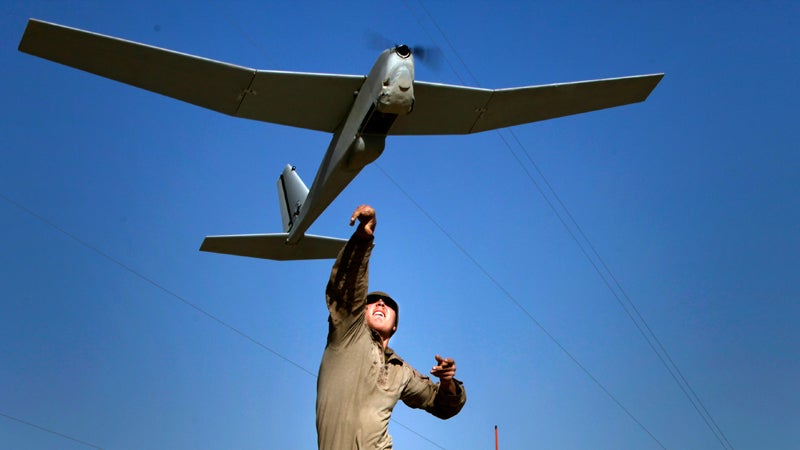A sleek white flying above Prudhoe Bay, Alaska, today became the to fly over land. This move by the Federal Aviation Administration (FAA) could be a sign of greater drone integration in the near future. The landmark drone, however, does surveying work for oil company BP, which means that smaller operations could still have a ways to go.
And, yes, the hand-launched Puma AE does operate above the largest oil field in North America (located right near the Beaufort Sea, where scientists are studying how polar bears respond to global warming). The hope is that it will, at least, leave less of a footprint in the remote area than humans might.
Under a five-year contract with drone maker AeroVironment, BP will use small drones to keep an eye on roads, pipelines, and equipment using 3-D modeling technology. , that will save time, increase safety, and help “protect the sensitive North Slope environment.”
What does it all mean for other drone hopefuls? Jury’s out. Because BP’s operation is in the Alaskan wilderness, there’s not much in the way of privacy to worry about鈥攁 big stress point in the drone saga. But illegal drones continue to fly, and the FAA that it will consider allowing drones for filming movies and TV shows. We might not be able to have a drone-delivered brew anytime soon, but things are moving forward. At this point, with the FAA aiming for comprehensive regulations by 2015 and already in the United States, it’s only a matter of time.


